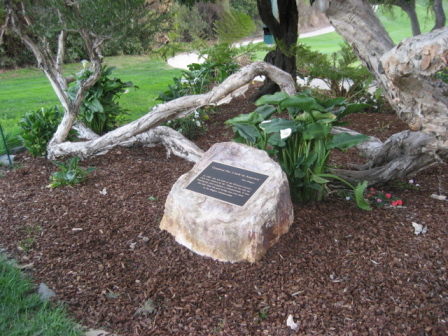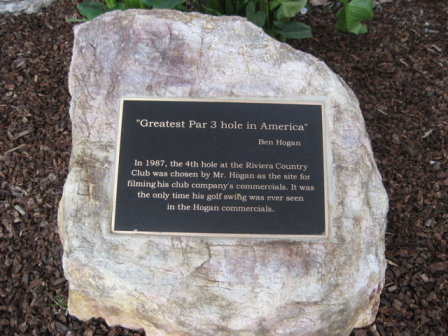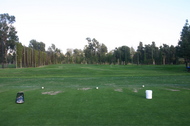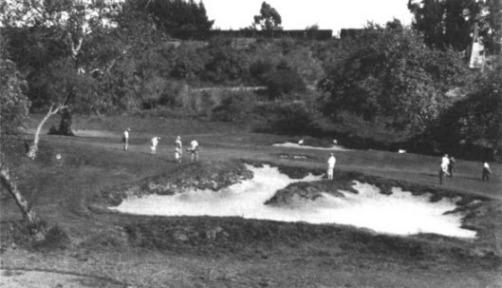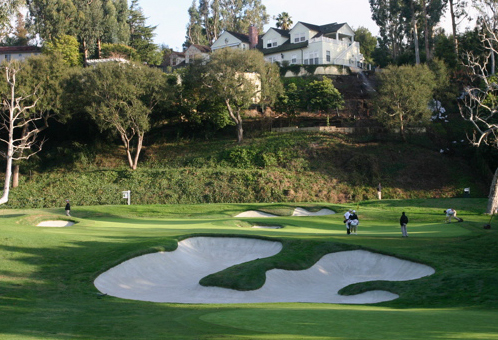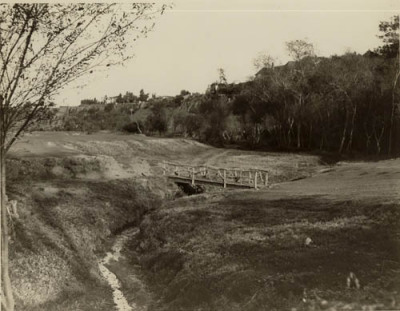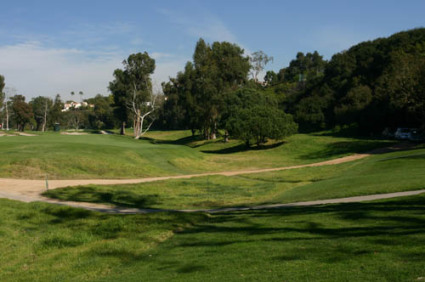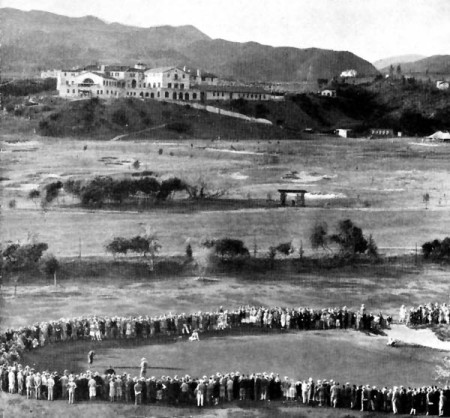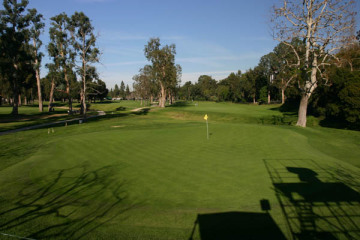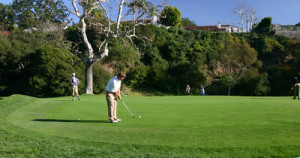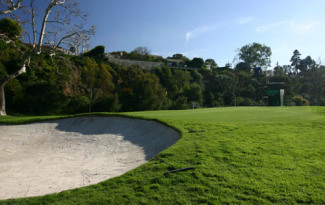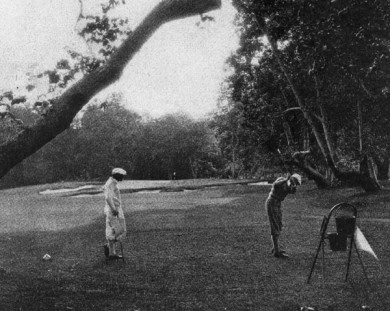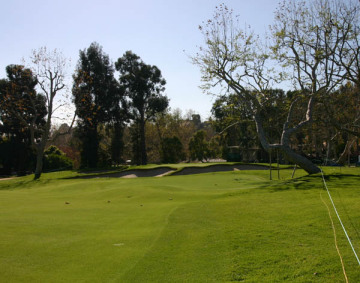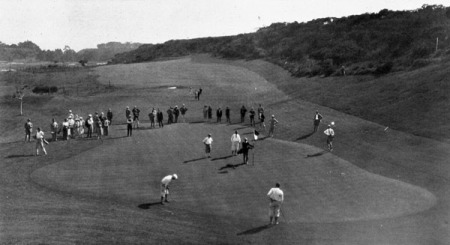Riviera has long served as a classroom for those interested in golf architecture.
It continues to serve as a place for study, though at the current pace, study of a different kind.
Namely, how not to "restore."
As Thomas Bonk outlined in the LA Times, Riviera management, superintendent Matt Morton and Tom Fazio's firm have overseen the expansion of three greens: No. 3, No. 9 and No. 12. The changes have been described as a restoration of the original George Thomas-Billy Bell design.
While the idea of expanding greens back to their original size is nearly always a great idea on older courses, Riviera is sadly serving as a case study in how not to go about it.
In their defense, the problem is extremely complicated: trying to add green space onto existing USGA spec greens. It's a bit like trying to expand an aquarium while keeping the tank full. In this case they are attempting to tie into a sand substructure while also working into the surrounding terrain.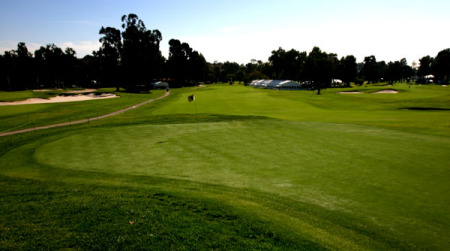
As difficult as the task is, it is manageable.
The current expansions of No. 3, No. 9 and No. 12--a precursor of even more changes to come this summer--was ultimately unsuccessful because of the failure to account for the nearly 80 years of top dressing build up that elevated the green floors above the surrounds.
Ah, but for those of you whose eyes haven't glazed over at this point, you might be saying, "the greens were rebuilt in 1993, how can their be topdressing build up?"
When the greens were rebuilt, they were not lowered the 4-5 inches that would have taken the greens down to their original height. A mistake? Perhaps, but Bill Coore and Ben Crenshaw were not attempting to restore the greens to their original sizes. They were adding some lost hole locations, but in general, trying to not disturb the evolved course.
Therefore, today you have the original green areas (slightly expanded in '93), and then these newly "restored" areas that are sloping down and away from the elevated, primary green space. The effect is Donald Ross/Pinehurst-like. Unfortunately, Thomas-Bell were not into the crowned green look (and Donald Ross wasn't either if you look closely at the evolution of Pinehurst).
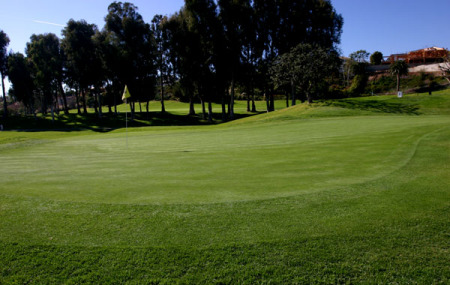 Now, all of this would seem to be a minor technicality except that nearly all of the "restored" green space on No. 9 and No. 12 does not tie-in with the primary green, and worse, is unpinnable in tournament conditions because of the noticeable tilt away from the main green floor.
Now, all of this would seem to be a minor technicality except that nearly all of the "restored" green space on No. 9 and No. 12 does not tie-in with the primary green, and worse, is unpinnable in tournament conditions because of the noticeable tilt away from the main green floor.
(Well, unless Tom Meeks was handling the setup, then this quibbling is all irrelevant!)
The approach to No. 9's front hole location has long been extremely difficult. But the expanded putting surface should make the shot much easier with such an inviting target and less difficult recovery pitches for those missing the green.
Most noticeable is the front expansion on No. 9, which will help players landing short of the green. (Before, the chip shot over kikuyu to the small green surface was incredibly demanding...now those misses will be putting.)
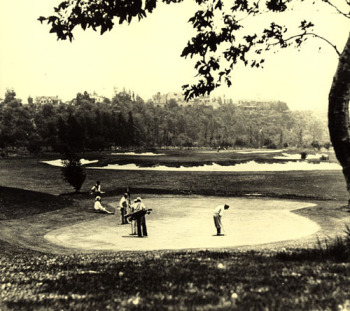 In this historic photo of No. 9 taken from the third tee, notice how the green in the front area has a backstop of sorts (the approach comes into this green from about 2 o'clock in the photo).
In this historic photo of No. 9 taken from the third tee, notice how the green in the front area has a backstop of sorts (the approach comes into this green from about 2 o'clock in the photo).
Also notice how that banking has changed to today's look (above), which is a false drop off. Then look at the photos taken today where you can see the border of the old green, and the new surface in the lighter shade. That entire "restored" area of new surface falls off gently toward the left of this photo.
With a bit more attention to this type of detail, I suspect that these green expansions could have tied in better with the existing green and served to restore the original design.
Unfortunately the green expansions appear to do a disservice to the original design.
They fail to add more hole locations, while also not adding any strategic interest, which was always the number one priority for Captain Thomas.
 Golfobserver.com has posted my 2005 series on the changes to Riviera. Sad to say, the destruction has continued. With the white bunker sand, sterilization and Orlando whale tails added everywhere, it feels more Florida than Pacific Palisades.
Golfobserver.com has posted my 2005 series on the changes to Riviera. Sad to say, the destruction has continued. With the white bunker sand, sterilization and Orlando whale tails added everywhere, it feels more Florida than Pacific Palisades. 

